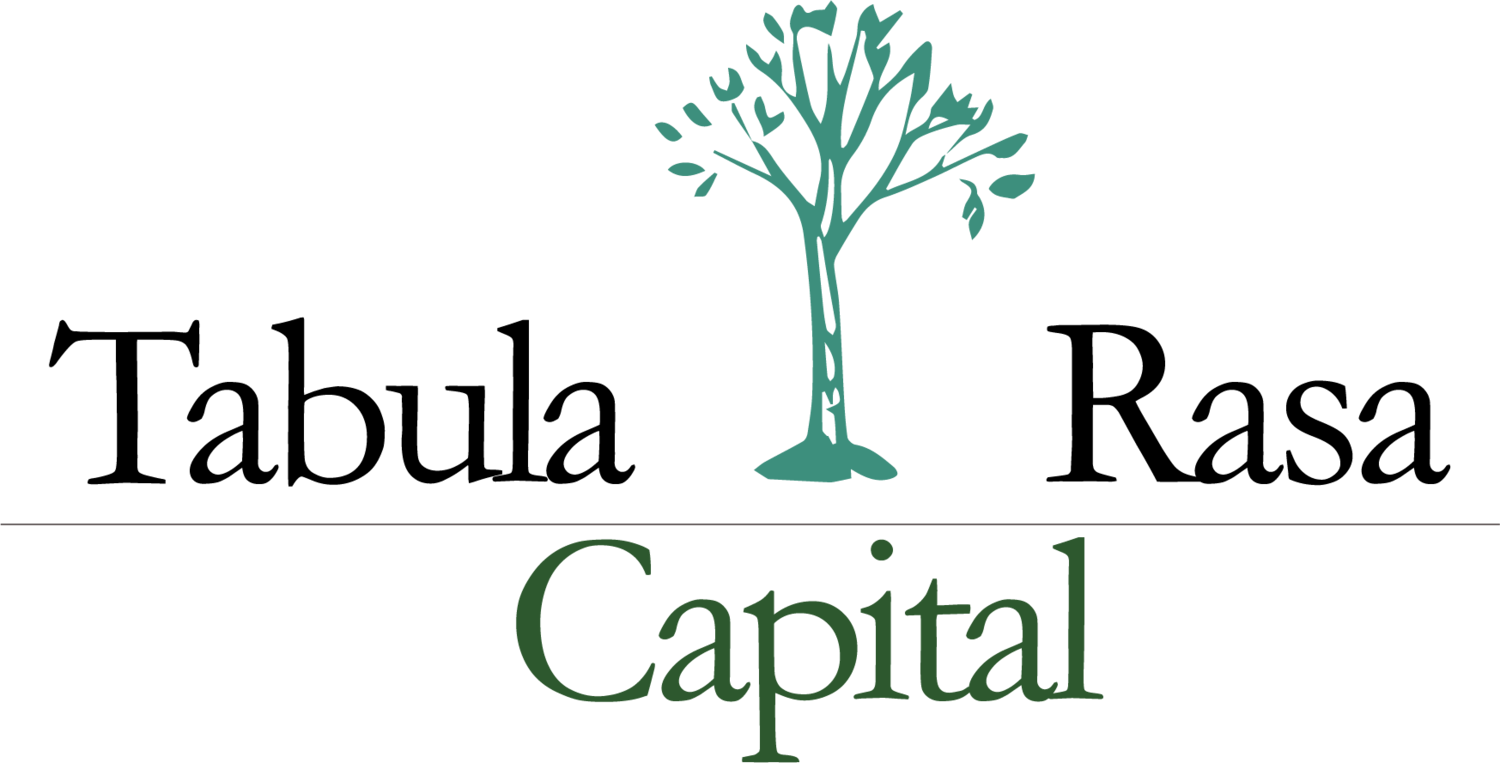Investor Letter - March 2022
Beware the Ides of March
Don’t lose money, Don’t lose money, Don’t lose money.
Our strategy has focused on defense, holding cash and cash alternative positions coupled with gold, oil, and other commodities through high-income closed-end funds, high-yield energy stocks, senior corporate loans, sovereign debt, preferreds, and municipals with a decreasing allocation to high-yield bonds.
This strategy has led to flat performance year-to-date for most of you - maybe up or down 1-2% for some given different portfolio customization based upon risk levels.
While being basically flat for several months it is no time to take a victory lap. I have appreciated the kind words from some of you who recognize we are doing significantly “less bad” than relevant benchmark indices, and more importantly, now have large cash reserves to make opportunistic moves. My goal as always is not just to preserve capital but grow it largely through income.
Index YTD Gain/(Loss)
TRC Total Return Strategy (0.4%)
S&P 500 (11.8%)
Nasdaq 100 (18.9%)
MUB (iShares National Muni Bond ETF) (4.2%)
HYG (iShares HY Corporate Bond ETF) (6.3%)
Source: Y Charts; Charles Schwab data as of March 11, 2022
As I first wrote in December and then again in January, many storm clouds were forming that required caution including inflation, rising interest rates, a hawkish Fed, and the possibility of hostilities in Ukraine (copies of these letters and other pertinent fixed income and Closed-End Fund insights can be found at https://www.tabularasanow.com/).
Having grown up investing in the 1971-74 Bear Market, I unlike most managers without this experience see many similarities to that period: record-high oil and inflation, a Fed behind the curve and need to raise rates, the potential for a recession, and geopolitical strife.
Mark Twain famously wrote: “History, rarely repeats itself, but often rhymes”!
Without the need to use iambic pentameter like Shakespeare, defense and caution are still the mantras guiding our current investment posture. Moreover, to borrow from the wisdom of Warren Buffet and one of his major tenets of investment management “don’t lose money, don’t lose money, don’t lose money.”
Tabula Rasa’s strategy is to stay defensive and move more into income-producing CEFs that are collateralized by senior secured corporate loans (which currently yield 7% - 8% and make monthly distributions), and municipals (both non-taxable and taxable that yield now as high as 6% - 7% tax effected paying monthly). Using select closed-end funds these investments can be purchased at 5% -15% discounts for the first time in over two years. This means we can buy bonds and other debt securities at a discount to par value (e.g., a 10% NAV discount implies $0.90 for $1.00 of face-value debt).
For those clients with higher risk tolerance and seeking higher yields, the income sleeves of emerging market and sovereign international debt now provide yields as high as 12% -17% with monthly distributions. These yields, however, do not come without risk given the possibility of a Russian Government default and its reverberations to emerging countries still reliant on Russia. Hence, I would only “barbell” or blend this sleeve along with other higher-income sleeves like convertible bonds to achieve a 7% - 9% total return (here again there are significant NAV discounts in price that have not been present for over two years).
With the opportunity to garner significant yields we do not have to take much equity risk, so we are also taking profits from our high-yielding energy and commodity stocks.
Today happens to be March 15, 2022 – which according to history and Shakespeare is the day that Julius Caesar was warned that something ominous was to soon occur (his assassination). Hence a soothsayer said to Julius Caesar: “Beware the Ides of March”!
Hopefully, this terrible Ukraine war will end soon. But if not, we have a strategy to stay cautious defending against the downside while prudently growing your money with income secured largely by debt (bonds, loans, mortgages, etc.) that is highly liquid and trades like stocks not mutual funds or hedge funds.
From its inception (August 3, 2020) to the present, the TRC total return strategy has grown a wealthy family’s IRA from $2.2 million to $3.1 million a 49.2% return versus the benchmarks.
Index Gain/(Loss)
TRC Total Return Strategy 49.2%
S&P 500 27.6%
NDQ (Nasdaq Composite) 18.4%
MUB (iShares National Muni Bond ETF) (4.3%)
AGG (iShares US Aggregate Bond ETF) (11.0%)
HYG (Shares HY Corporate Bond ETF) (4.1%)
Source: Y Charts; Charles Schwab data as of March 11,2022
Please note that past performance is no guarantee of future performance.
